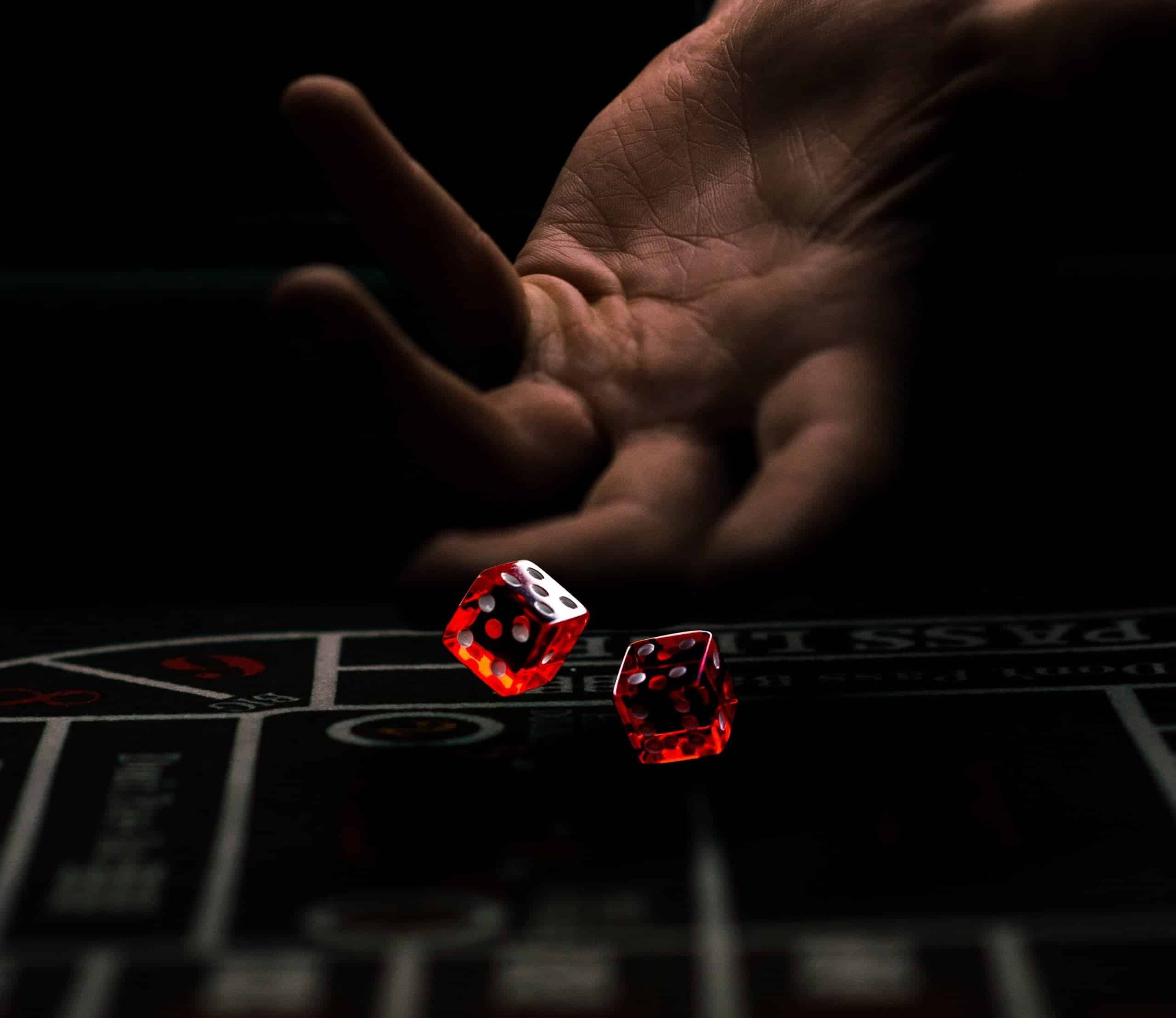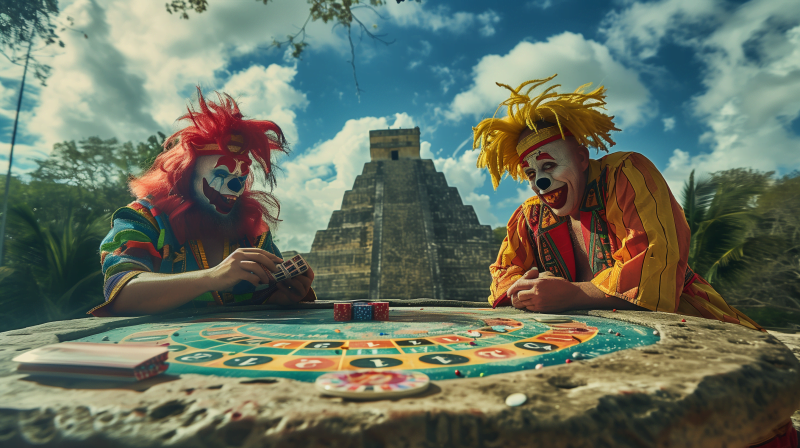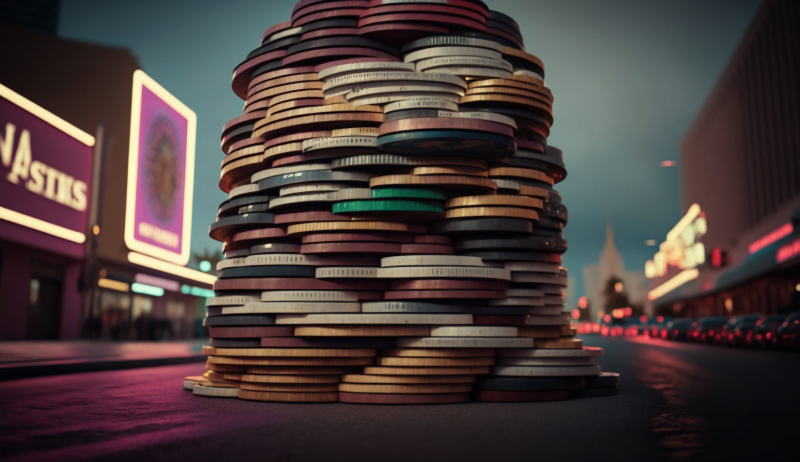Playing cards have been a beloved pastime for centuries, weaving their way through various cultures and historical events. In this blog, we’ll dive into the captivating history of playing cards, exploring their origins, evolution, and their pivotal role in the casino world. Let’s deal you in!
1. The Mysterious Origins of Playing Cards
Playing cards have a rich and somewhat mysterious history. It is believed that they originated in China during the Tang Dynasty (618-907 AD). Picture this: ancient Chinese nobles sitting around, not just trading silk and spices, but also engaging in an early form of card games using paper money as the playing pieces. These cards were a far cry from the sleek designs we know today, but they set the stage for the global phenomenon that would follow.
As trade routes expanded, playing cards traveled like prized artifacts, making their way to the Islamic world and eventually Europe. Imagine the discovery as these early Europeans laid eyes on the unfamiliar symbols and designs, sparking a card-playing craze that would sweep across the continent. It wasn’t just a game; it was a cultural exchange, a fusion of East and West, and the start of a new chapter in gaming history.
2. The Evolution of Card Designs
When playing cards reached Europe in the 14th century, they began to evolve into the designs we recognize today. Picture medieval artisans hunched over their workbenches, painstakingly creating decks adorned with hearts, diamonds, clubs, and spades. These symbols, originating in France, were easy to reproduce using stencils, making it possible for anyone to have their own deck. Suddenly, playing cards were the latest craze, the medieval equivalent of a viral trend!
However, Europe being Europe, each region decided to put its own spin on the humble deck. Germans favored acorns and leaves, while Spaniards went for cups and swords. This kaleidoscope of designs not only added flair to the game but also reflected the unique cultures of each area. Imagine collecting these decks like Pokémon cards, each with its own story and style—a true testament to the creativity and diversity of human expression.
3. The Role of Playing Cards in Gambling
As playing cards became more popular, they quickly found a home in the gambling world. Picture yourself in a lavish 17th-century European casino, the air thick with anticipation and the clinking of coins. Card games like poker and blackjack became the stars of the show, captivating players with their blend of luck, skill, and strategy. It was here, in these grand establishments, that playing cards truly came into their own.
Standardized decks made these games more accessible and fair, ensuring that everyone was on the same page—literally. The thrill of the game, the chance to win big, and the social camaraderie all combined to make gambling with cards a timeless pastime. From smoky backrooms to glittering casino floors, playing cards has always been at the heart of the action, dealing out fortune and fun in equal measure.
4. The Cultural Impact of Playing Cards
Playing cards are more than just a game—they have had a significant cultural impact. Think of the countless stories and artworks where playing cards symbolize fate, chance, and the unpredictability of life. In Lewis Carroll’s “Alice’s Adventures in Wonderland,” for instance, the Queen of Hearts and her court bring a whimsical yet sinister touch to the narrative, proving that cards can be more than mere entertainment—they can be storytelling tools.
Moreover, playing cards has inspired a whole genre of magic and illusion. Magicians like Harry Houdini and David Copperfield have used them to dazzle audiences with tricks that seem to defy reality. The humble deck of cards becomes a prop for wonder, a gateway to a world where the impossible seems possible. Whether a simple party trick or a grand stage illusion, playing cards always enchants and amazes.
5. The Modern Deck and Its Uses
Today, playing cards are an integral part of casino culture. The modern deck, consisting of 52 cards across four suits, is used in a variety of popular casino games. Imagine walking into a bustling casino, the sound of shuffling cards mingling with the hum of excitement. Whether you’re strategizing in a high-stakes poker game, doubling down in blackjack, or enjoying the elegance of baccarat, playing cards brings the thrill of the casino right to your fingertips.
But casinos aren’t the only place where playing cards shine. They’ve also become a canvas for artists, a tool for magicians, and a hobby for enthusiasts who perform stunning cardistry routines. This blend of art, skill, and playfulness keeps the allure of playing cards alive and kicking. So, whether you’re at a casino, a magic show, or just at home with friends, a deck of cards promises endless fun and entertainment.
Conclusion: The Enduring Charm of Playing Cards
Playing cards have a timeless appeal that transcends throughout history. From ancient origins to modern casinos, playing cards have left an indelible mark on history. Next time you pick up a deck of cards appreciate the rich heritage and stories behind them. Whether a casual player, casino enthusiast, or magic aficionado, playing cards offers endless fun and excitement. Deal yourself in and enjoy the game!
BlockSpinGaming, a free-to-play social casino, offers a new twist, allowing players to win NFTs and exclusive prizes in daily, weekly, and monthly raffles. With the added benefits of receiving free chips regularly, BlockSpinGaming provides a risk-free way to experience the excitement of casino gaming. Join now!




